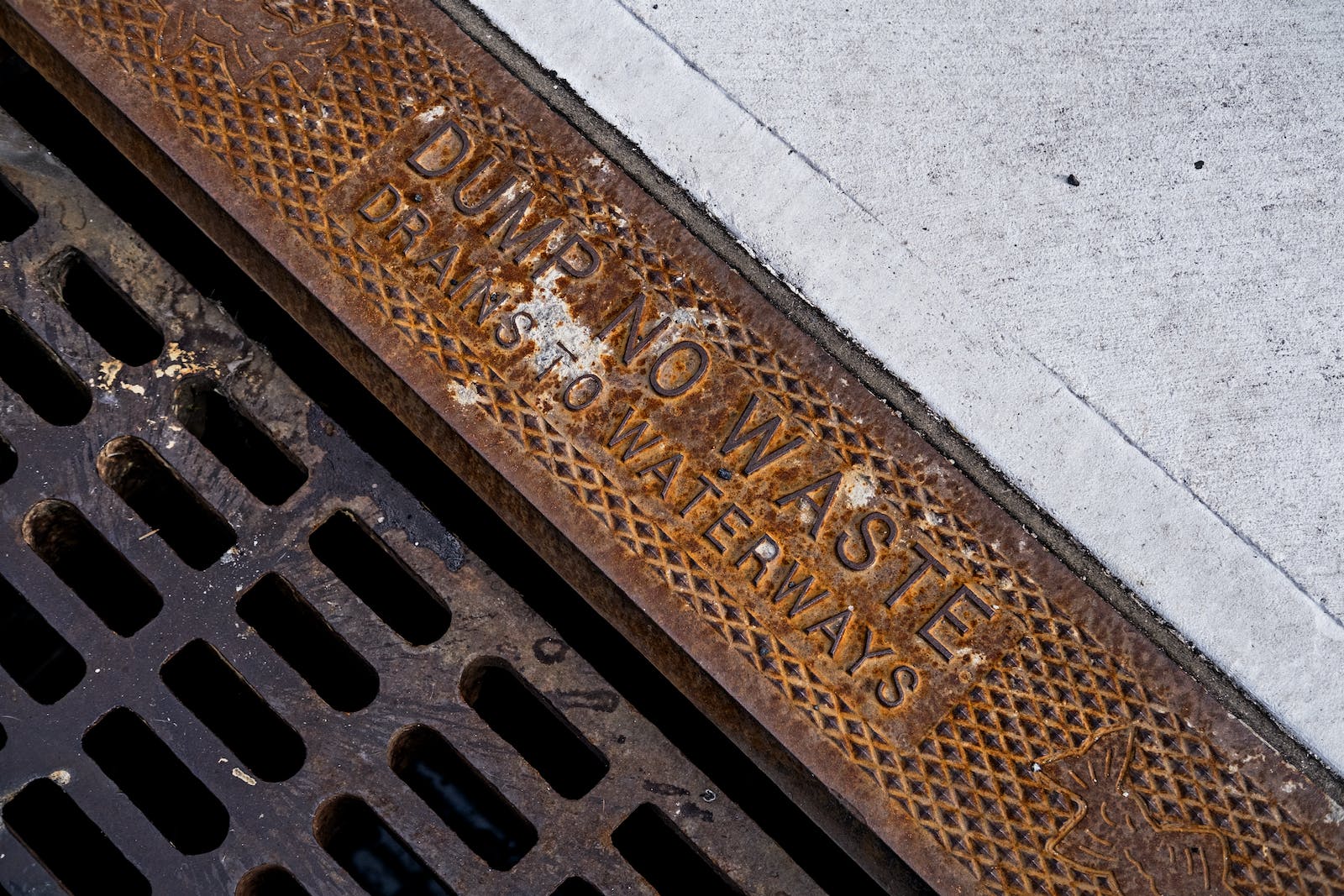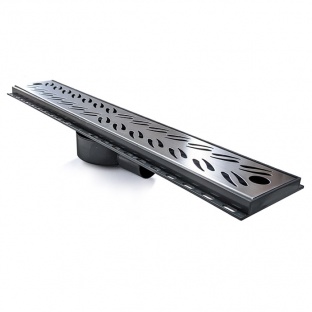| ||||||||||||||
How to Prevent Flooding: Essential Tips for Effective Drainage Systems19 October 2023 | Admin
Flooding can cause significant damage to properties, landscapes, and ecosystems. It's not just about the immediate water damage; flooding can lead to long-term structural issues, mould growth, and other health hazards. One of the most effective ways to prevent flooding is by implementing an efficient drainage system. Proper drainage can divert excess water, prevent water accumulation, and protect your property from the adverse effects of flooding. In this Drainage Channel article, we'll delve into essential tips for how to prevent flooding by setting up an effective drainage system. Understanding the Basics of Drainage SystemsWhy is Drainage Important?Drainage systems play a pivotal role in managing water in both urban and rural settings. They help in:
Types of Drainage SystemsThere are several types of drainage systems, each designed for specific needs: Surface Drainage Systems: These are designed to remove excess water from the surface of the land. They are typically shallow ditches with a gentle slope to guide water away. Subsurface Drainage Systems: Installed below the ground level, these systems use pipes or drains to remove excess water from the soil's deeper layers. Slope Drainage Systems: These systems use channels or pipes to redirect water from sloped areas, preventing erosion and water accumulation. Gutter and Downspouts: Common in urban settings, gutters collect rainwater from roofs, directing it away from the building's foundation through downspouts. Check out some of the different types of drainage channels we have on site; Dakota A15 Drainage Channel, Bielbet Low Profile Drainage Channel, and Bielbet Drainage Channel A15.Designing An Effective Drainage SystemBefore implementing a drainage system, it's essential to assess your property. Understand the topography, identify low-lying areas, and determine the natural flow of water. This assessment will guide the design and placement of your drainage solutions. Natural solutions, such as rain gardens and swales, can enhance your drainage system. They not only divert water but also help in groundwater recharge and provide aesthetic value to your landscape. An effective drainage system requires regular maintenance. Ensure that the drains are free from debris, the pipes are not clogged, and the system is functioning optimally. Regular checks can prevent potential issues and ensure the longevity of your drainage system. Choosing the Right MaterialsThe materials you choose for your drainage system play a significant role in its efficiency. Opt for durable materials that can withstand external pressures and changing weather conditions. For instance, plastic drainage channels are lightweight, durable, and resistant to corrosion. They are also easy to install and maintain. If you are looking on a bigger scale and need a more robust solution then polymer concrete channels are a great option. While DIY solutions can be tempting, it's always advisable to seek professional help when designing and implementing a drainage system. Professionals have the expertise to understand the intricacies of drainage, ensuring that your system is efficient and long-lasting. Benefits of an Effective Drainage SystemProperty Protection: An efficient drainage system protects your property from water damage, mould growth, and structural issues. Enhanced Landscape: Proper drainage prevents soil erosion, waterlogging, and promotes a healthy landscape. Cost-Efficient: While setting up a drainage system might require an initial investment, it can save you significant repair and maintenance costs in the long run. Practical Tips for HomeownersRedirect Downspouts: Ensure that your downspouts are directing water at least 5-6 feet away from your home's foundation. This simple step can prevent basement flooding. Install French Drains: If you have a sloping yard or a low-lying area where water tends to collect, consider installing a French drain. It's a slightly sloped trench filled with gravel and a pipe that diverts water away from your property. Use Rain Barrels: Capture rainwater from your roof using rain barrels. This not only prevents water from pooling around your home but also provides you with a source of free water for gardening. Check for Clogs Regularly: Leaves, twigs, and other debris can clog your gutters and downspouts. Make it a habit to check and clean them, especially after a storm. Elevate Electrical Appliances: In areas prone to flooding, elevate electrical appliances and utilities above potential flood levels. This can prevent electrical damage and hazards. Shop Drainage Products TodayHopefully you have learnt some valuable tips when looking how to prevent flooding with the use of effective drainage systems. If you are looking to purchase drainage products then check out our fantastic range of plastic drainage, concrete drainage and underground drainage products! | ||||||||||||||




















